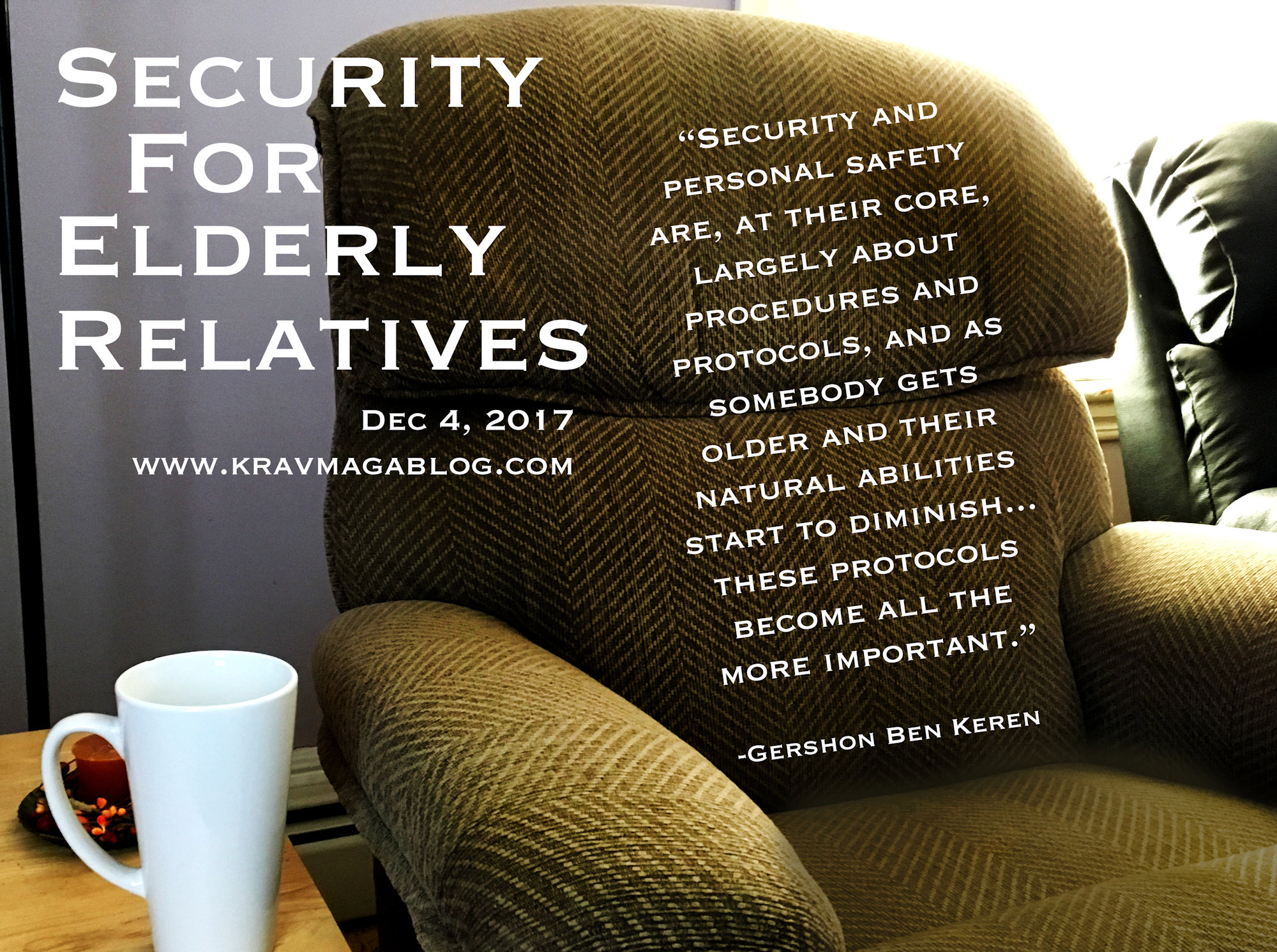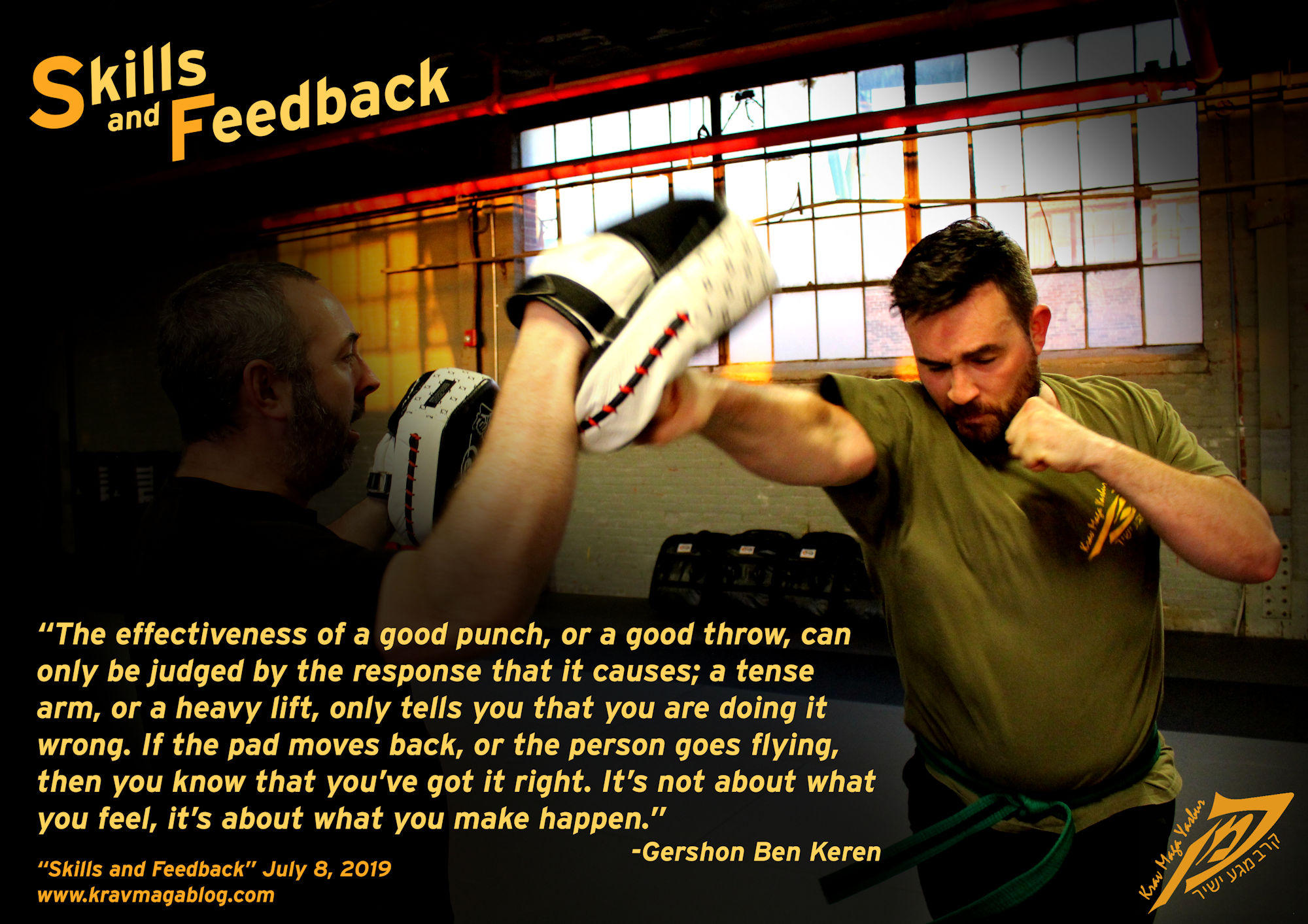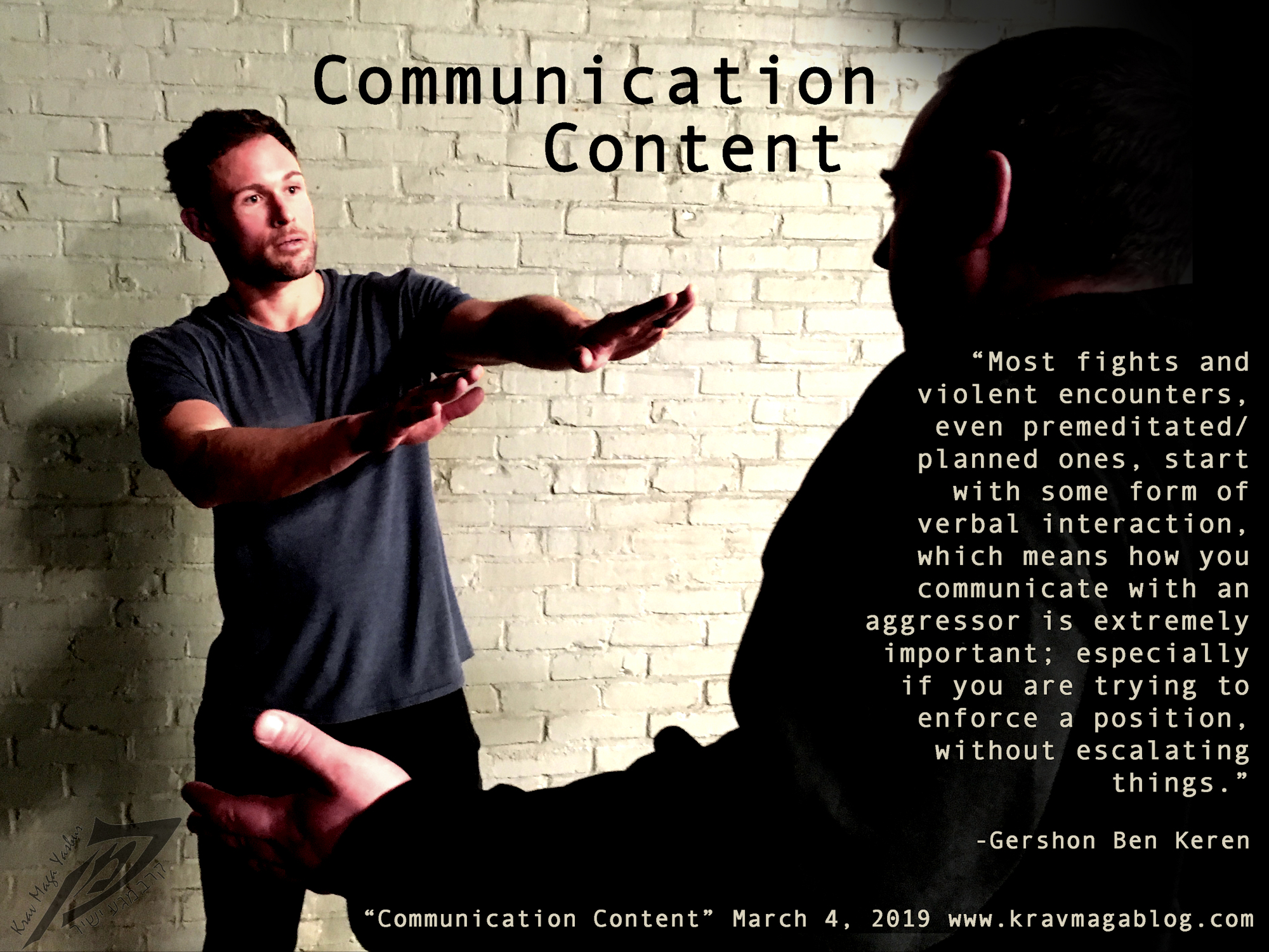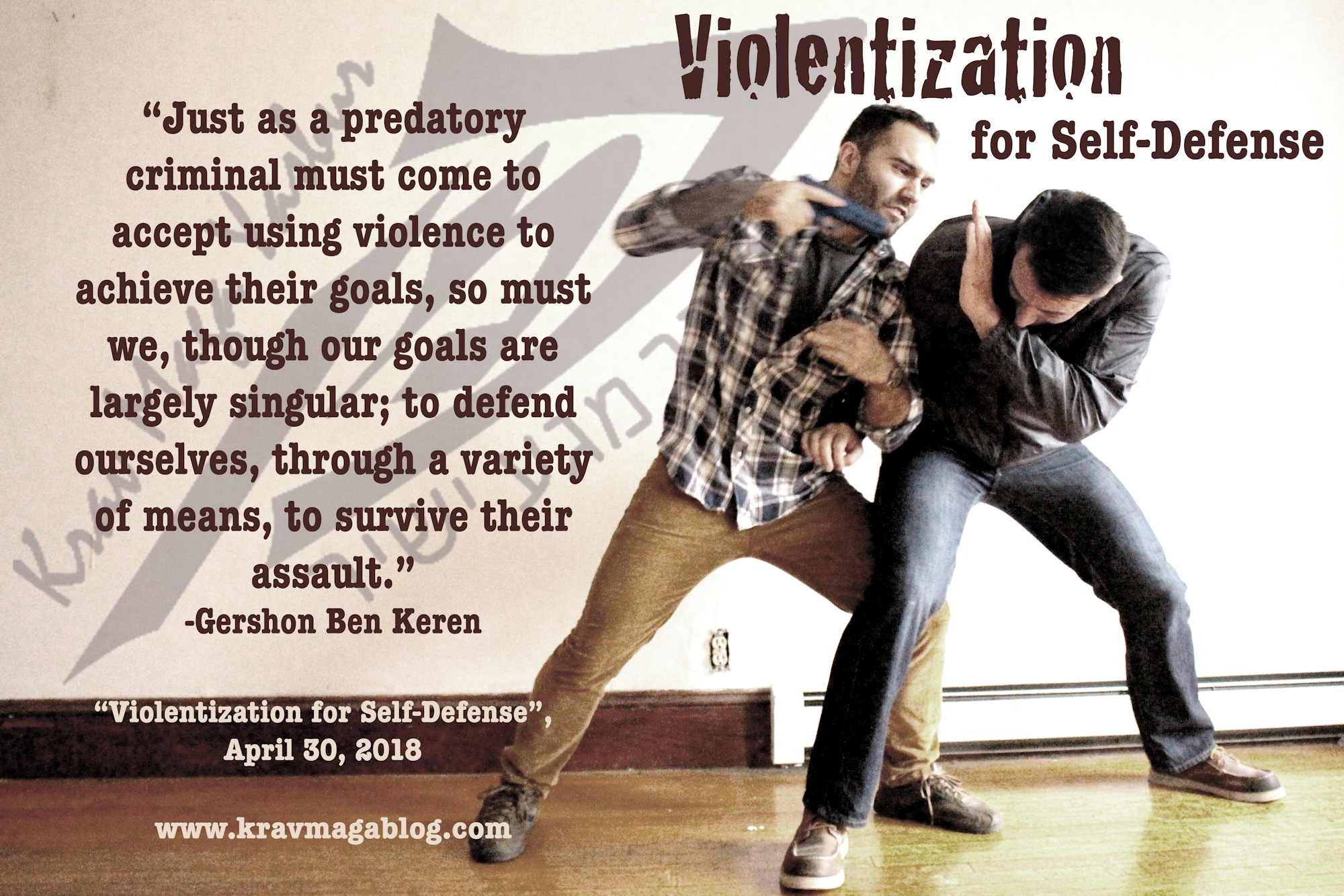Sparring Training, is an article written by Gershon Ben Keren, a 5th Degree Black Belt in Krav Maga, who teaches Krav Maga in Boston, MA. He has also authored three Amazon best-Selling Books on Krav Maga.
Sparring
Many schools use sparring as their method of “replicating” the dynamics of a street or real-life fight, and whilst there are moments and elements of sparring matches which contain some of those experienced in real-life incidents of violence, the differences between the two are greater than the similarities. This is not to say that sparring doesn’t have a place in training just that its place is not to try and replicate real-life violence.
Sparring has its place alongside pad-work, stress testing and other drills, it is neither, less or more important than these other training tools and should not enjoy anymore real significance than them. If sparring becomes such an event in training that people are tense and nervous about it, then there is something wrong with the way it is being conducted. Too often I see people padding up to an unbelievable degree, squaring off and then wailing at each other for a couple of minutes, before collapsing exhausted, anxious and terrified, as if they’ve just spent 20 minutes in a washing machine on the spin cycle. This is not sparring, this is just a train crash that both participants walk away from congratulating themselves that they survived.
Reality Based Self Defense systems, such a Krav Maga, need to recognize that not every training experience has to try and emulate reality. Working the pads does not reflect reality, yet pad-work is recognized as a good way to generate speed and power in striking – it trains a particular component of fighting. Sparring trains other components. When you engage in a sparring match, and set the rules, you need to define what components you are trying to train; if you want to concentrate and train throwing your sparring should largely resemble a Judo contest, and you should spar under rules which encourage participants to throw, if you want to predominately train your kicking then you will need to spar under rules which encourage and reward kicking. Setting your goals are important in all aspects of training – when you do pad-work you should concentrate on a particular element e.g. when you train punching with a kick shield you should work on power, with the focus mitts, speed etc.
The most important element for me of sparring is relative body positioning and movement; how do you position yourself relative to your partner, where you are in a strong attacking position, and they are in a weak or disadvantaged one. It’s also about recognizing these moments when they occur and responding with the correct tool e.g. punch, kick, throw or takedown etc. If you believe sparring is about conditioning and learning how to take a strike, then you should dedicate specific training time to develop this element of your game e.g. have your partner spend a few minutes punching and kicking you before or after class, rather than have this be the emphasis of your sparring. Will you get hit in sparring of course, but you should never get hit so hard, or fear getting hit so hard, that you spend all your time tensed up, as this will restrict your movement and your ability to recognize and take advantages.
Sparring is something that you should enjoy and look forward to, not something that you fear or are frightened of. If you find yourself tense and nervous, sparring will benefit you little, as your mind and body will not be free to work; your decision making and threat recognition significantly impaired. If you want to have your sparring replicate reality, good luck. Real life violence is a very scary proposition with extremely high stakes, that are impossible to replicate in training, and so it would be naïve and unrealistic to try and do so. What sparring training is excellent at though is training relative body positioning to set up attacks, and to avoid danger, all in a dynamic fashion.
There will be those that disagree with me and try and have their sparring training develop and train multiple components of fighting, such as physical conditioning, and whilst such an element is important it can be developed in other and better more concentrated ways. The fact that a fight often involves multiple assailants and weapons means that other training methods need to be used to empathize and train weapon defenses and tactics for dealing with more than one person. Sparring training by nature recognizes that it doesn’t train these elements and shouldn’t make any excuses about that; it is a specific form of training to develop certain specific skills.
0 COMMENTS















